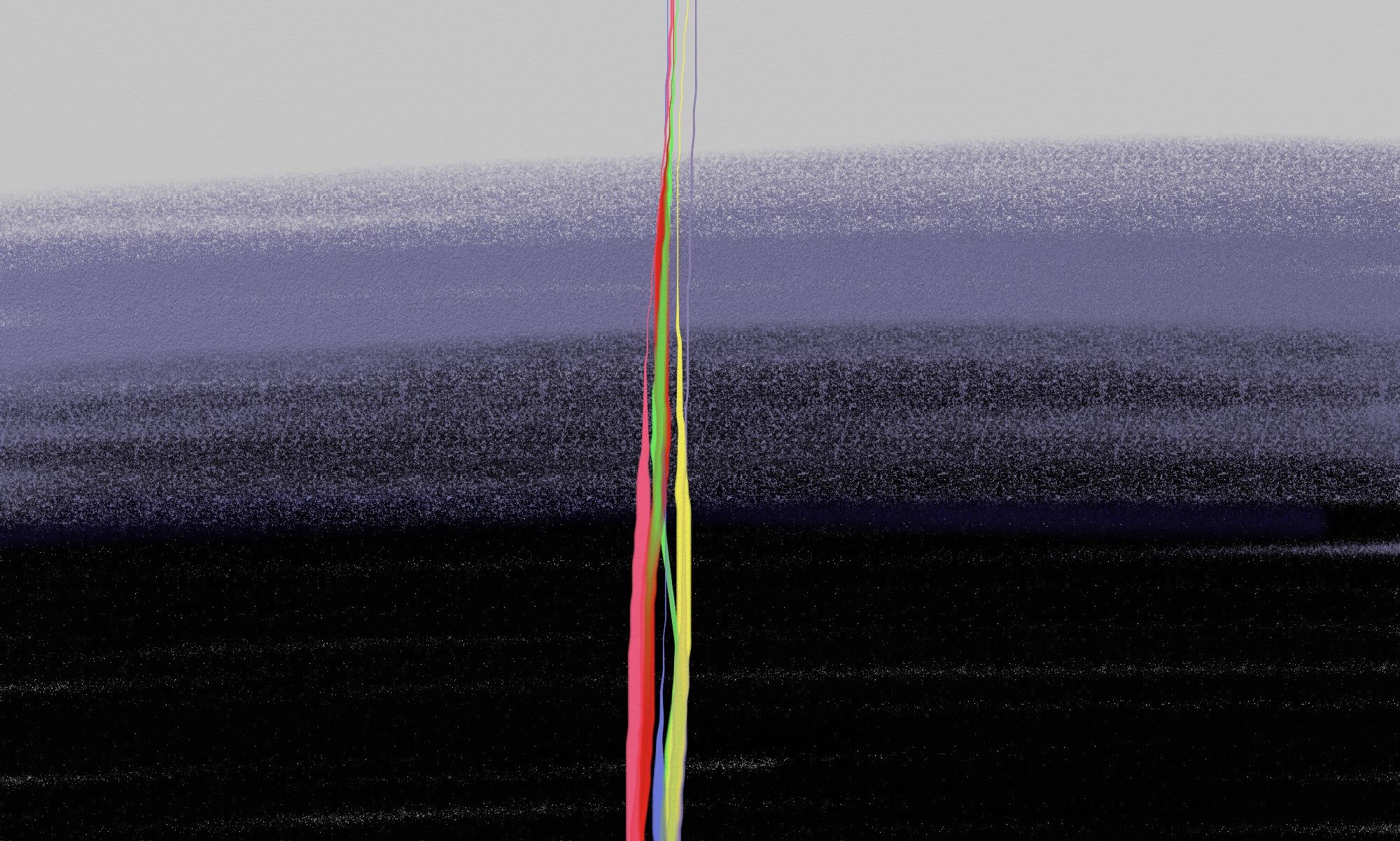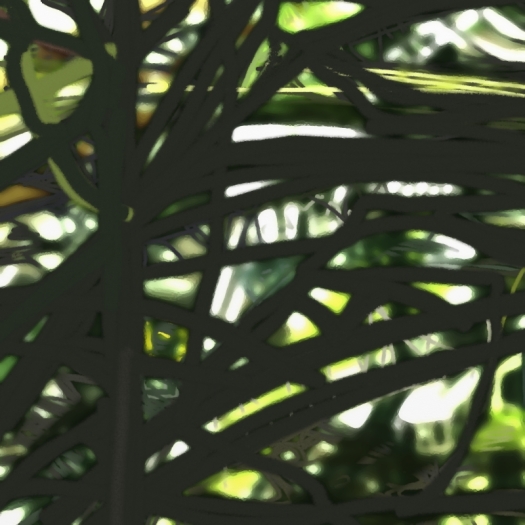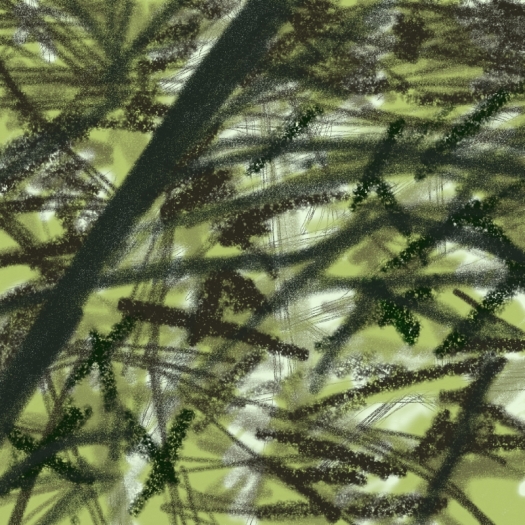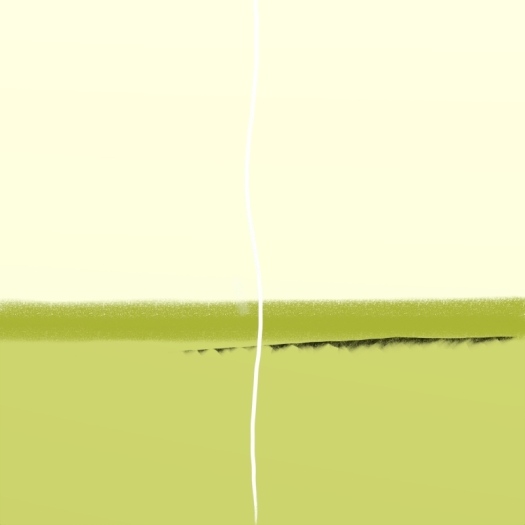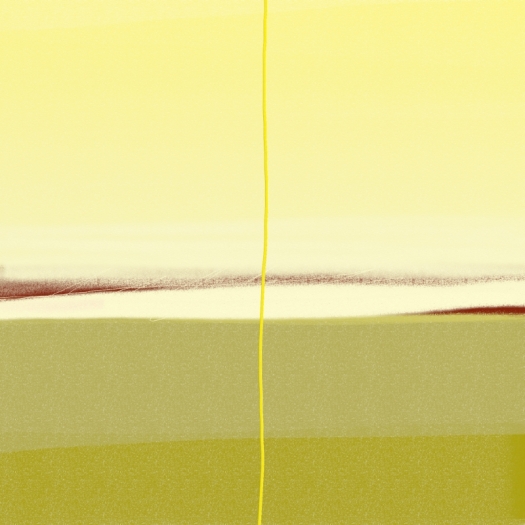
#0915 1944
Story:
I have been reading Robert Hobbs, Lee Krasner
The Gray Slabs and the Holocaust
There may well be other, heretofore unexplored factors besides Krasner) difficulty of coming to grips with intuition that explain why most of her works during the years from approximately 1943 to 1946-47 so often end up looking like gray slabs of paint, which she referred to as gray stones.
…
As Krasner explained, “I went into my own black-out period which lasted two or three years where the canvases would simply build up until they’d get like stone and it was always just a gray mess. The image wouldn’t emerge… I was fighting to find I knew not what.â€
On another occasion, she referred to them as her “mud period.”
…
“I was saying, I paint. I paint every day. This is what’s happening to me.” Krasner said. I faced the issue very aggressively. I was having a rough time, and I didn’t care who knew it.”
None of these experiments with intuition now exist, because Krasner subjected them to a thorough soaking in the bathtub before scraping them down so that she could reuse the canvases.
A possible explanation for these dense, turgid works of the mid-1940s is that they were subliminal reactions to the mass murders of Jews in Nazi-occupied Europe, which were then being publicly acknowledged in New York.
I think she is courageous just to keep going for three years with stone slabs! That must have been agony. I felt the loss of those gray stone slabs. I wish she had honoured her process more and kept them. This one is in my sketch of that story. One layer has “1944′ written on it. The time Krasner was in this mud. Also the year I was born, in occupied Amsterdam.


